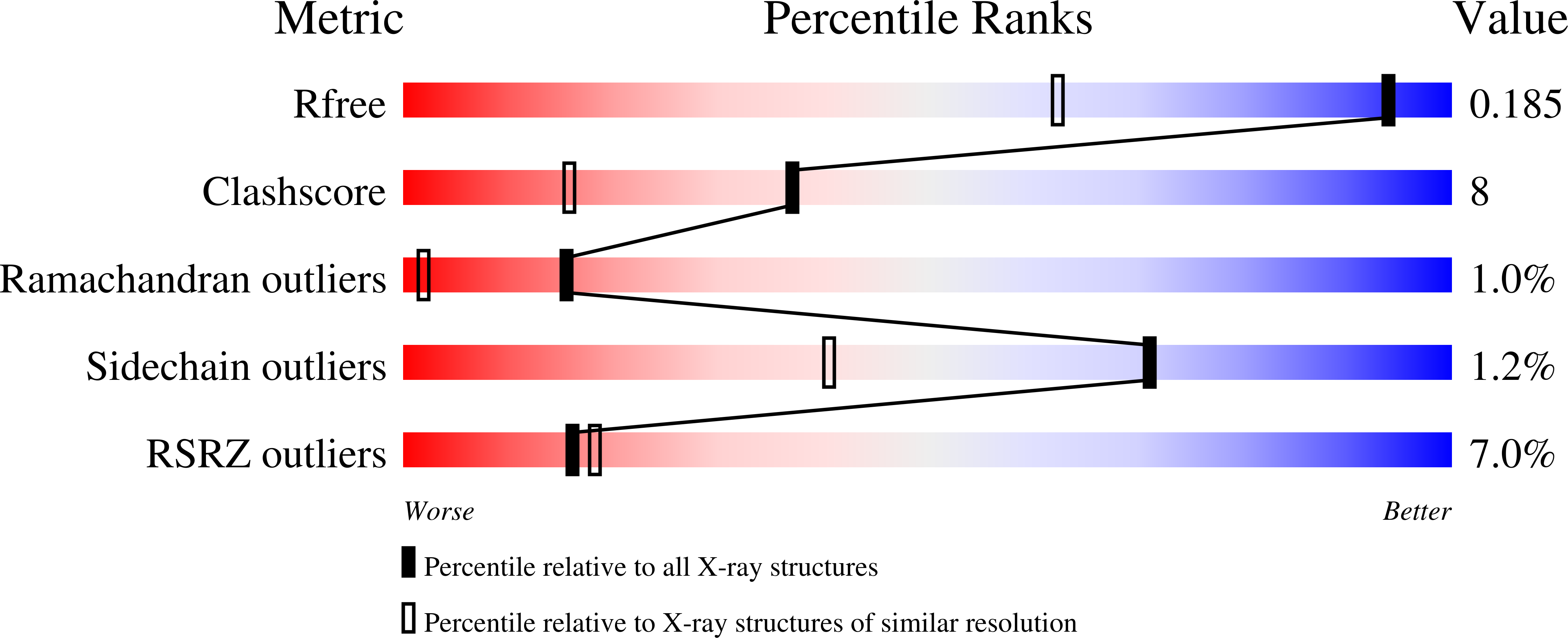
Deposition Date
2010-01-21
Release Date
2010-02-09
Last Version Date
2024-10-09
Entry Detail
PDB ID:
3LHC
Keywords:
Title:
Crystal structure of cyanovirin-n swapping domain b mutant
Biological Source:
Source Organism:
Nostoc ellipsosporum (Taxon ID: 45916)
Host Organism:
Method Details:
Experimental Method:
Resolution:
1.34 Å
R-Value Free:
0.22
R-Value Work:
0.19
R-Value Observed:
0.19
Space Group:
P 32 2 1


